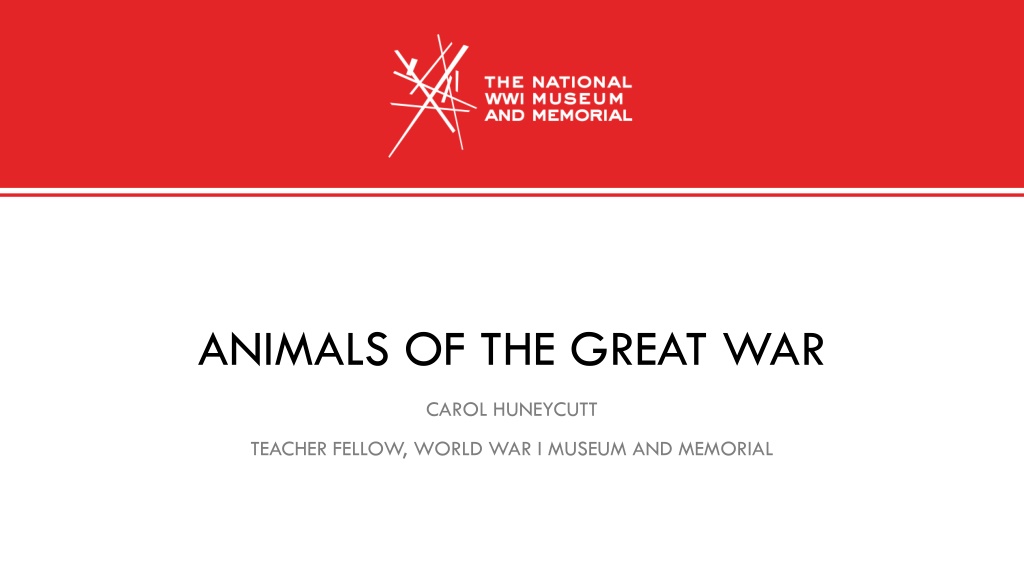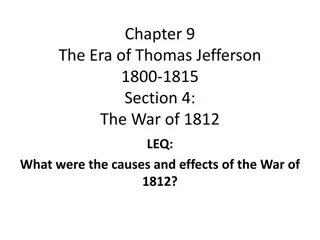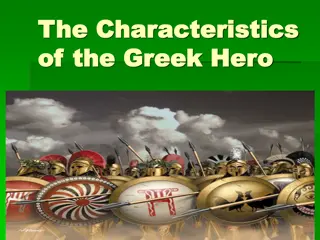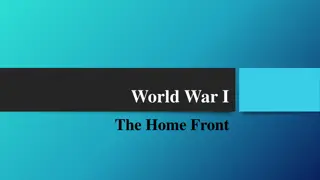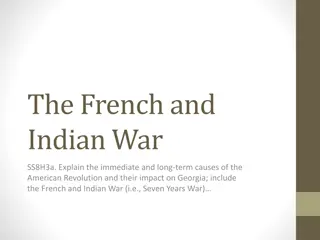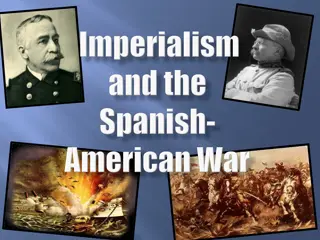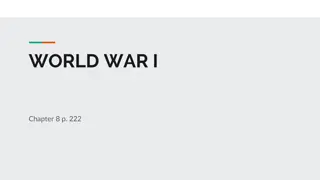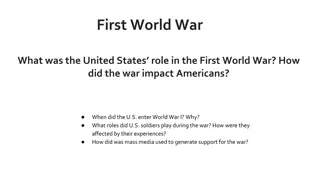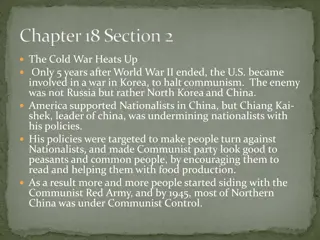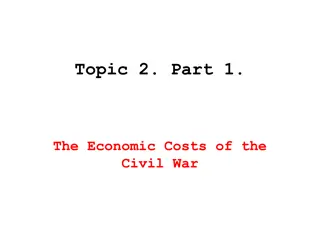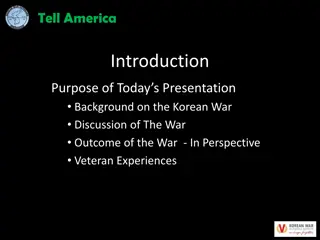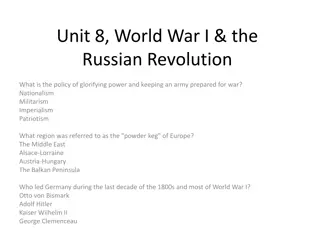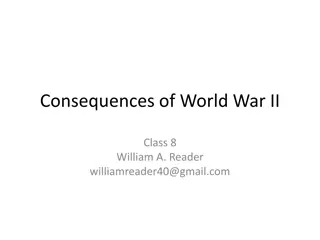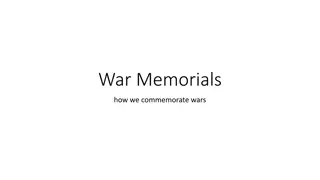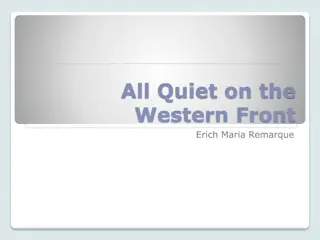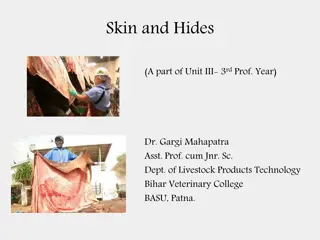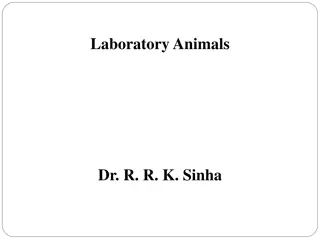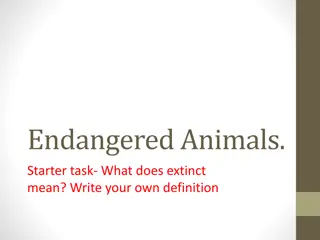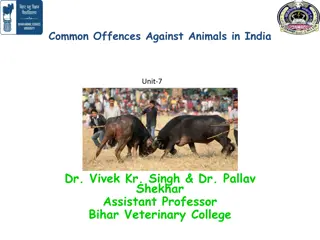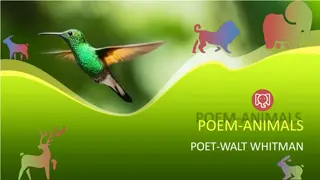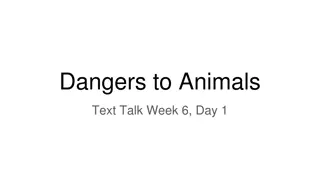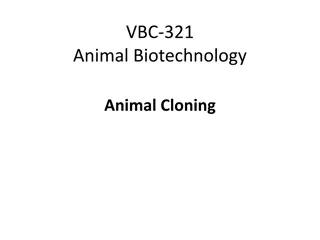Animals of the Great War - Heroes and Helpers
Discover the unsung heroes of World War I - the animals who played crucial roles in the conflict. From horses transporting troops to pigeons delivering messages, these animals made invaluable contributions. Learn about the diverse tasks they performed and the camaraderie they brought to soldiers. Explore how mascots like the famous bear Winnie provided comfort and a reminder of home during the challenging times of war.
Download Presentation

Please find below an Image/Link to download the presentation.
The content on the website is provided AS IS for your information and personal use only. It may not be sold, licensed, or shared on other websites without obtaining consent from the author. Download presentation by click this link. If you encounter any issues during the download, it is possible that the publisher has removed the file from their server.
E N D
Presentation Transcript
ANIMALS OF THE GREAT WAR CAROL HUNEYCUTT TEACHER FELLOW, WORLD WAR I MUSEUM AND MEMORIAL
HORSES During the course of the war, approximately one million horses were used by soldiers on both sides of the conflict.
HORSES WERE USED TO TRANSPORT GOODS AND TROOPS. HORSES WERE USED AS A PART OF THE CAVALRY.
JOBS OF THE DOG LOCATE WOUNDED SOLDIERS HELP WOUNDED SOLDIERS CARRY MESSAGES SERVE AS MASCOT AND FRIEND HUNT & KILL RATS IN THE TRENCHES
PIGEONS EFFICIENT MEANS OF COMMUNICATION TRAVEL UP TO 60 MPH TRAVEL SEVERAL HUNDRED MILES HARD TO BRING DOWN BY THE ENEMY CONSIDERED A WEAPON OF WAR
SMALL CYLINDER ATTACHED TO PIGEON S LEG CONTAINED A MESSAGE COULD BE RELEASED FROM THE FRONT LINES OR FROM THE REAR, FROM AIRPLANES, OR FROM SEA
CAMELS Camels were of similar use as horses, just not in the same numbers. Camels were used to transport goods and soldiers, mainly in the middle eastern campaigns. Not easy to manage and frequently had health problems; Only good in desert environment
Many different types of animals served as mascots: bears, monkeys, goats, cats, & even a kangaroo. Mascots were often animals found in the area WHERE soldiers were stationed. Mascots helped ease loneliness and boredom and reminded soldiers of home.
EVEN BEARS . . . . . . One of the more famous mascots was a bear, Winnie, from Ontario, Canada. She looked a lot like the bear pictured here. Winnie inspired A.A. Milne to create Winnie the Pooh.
PESTS OTHER CREATURES Rats were abundant in the trenches, spreading lice & disease, stealing food, and biting soldiers. Jars of glowworms provided light during nighttime hours. Body lice made trench life even more miserable. Lice covered soldiers bodies & their clothing as well as spread diseases such as typhoid and trench fever. Slugs shrivel up when exposed to poison gas, so they were used as an early warning detector for mustard gas. Canaries also helped detect gas.
ALL IMAGES ARE FROM THE NATIONAL WWI MUSEUM AND MEMORIAL COLLECTION.
